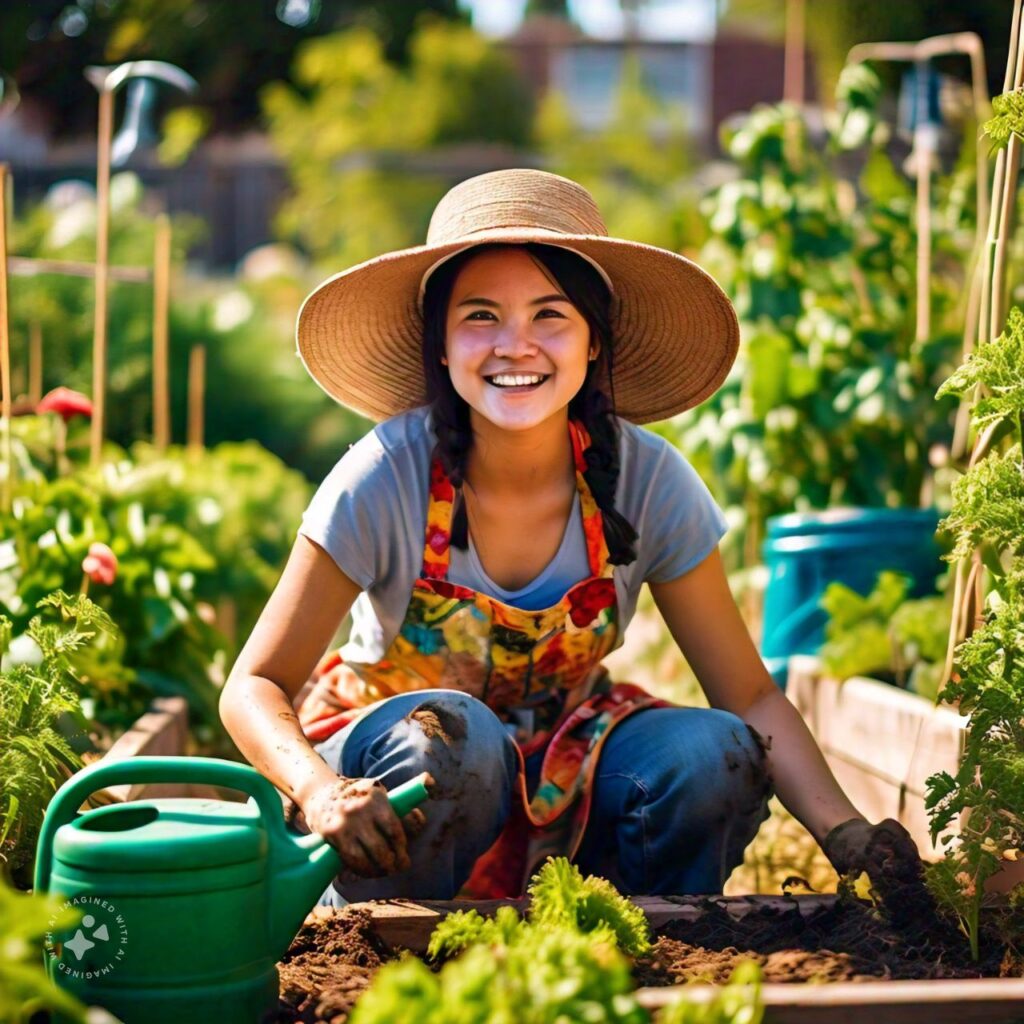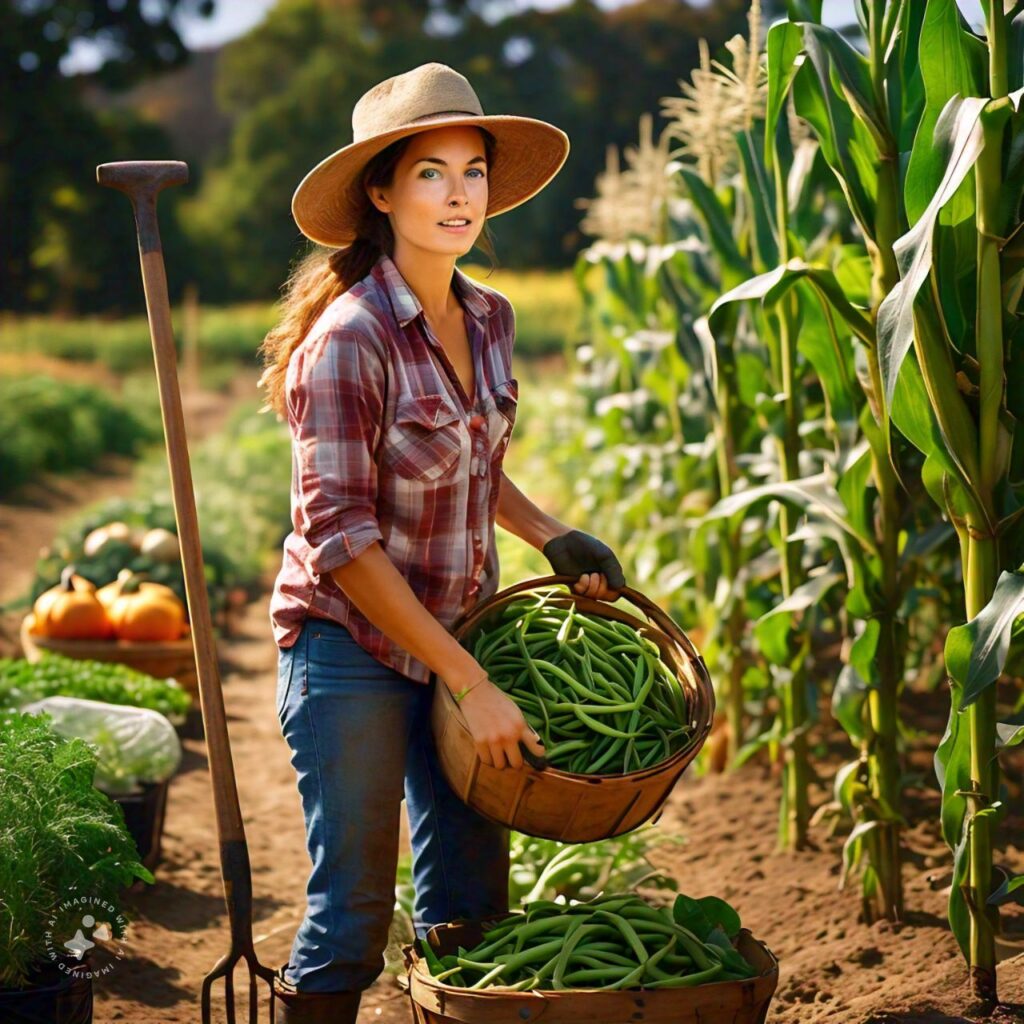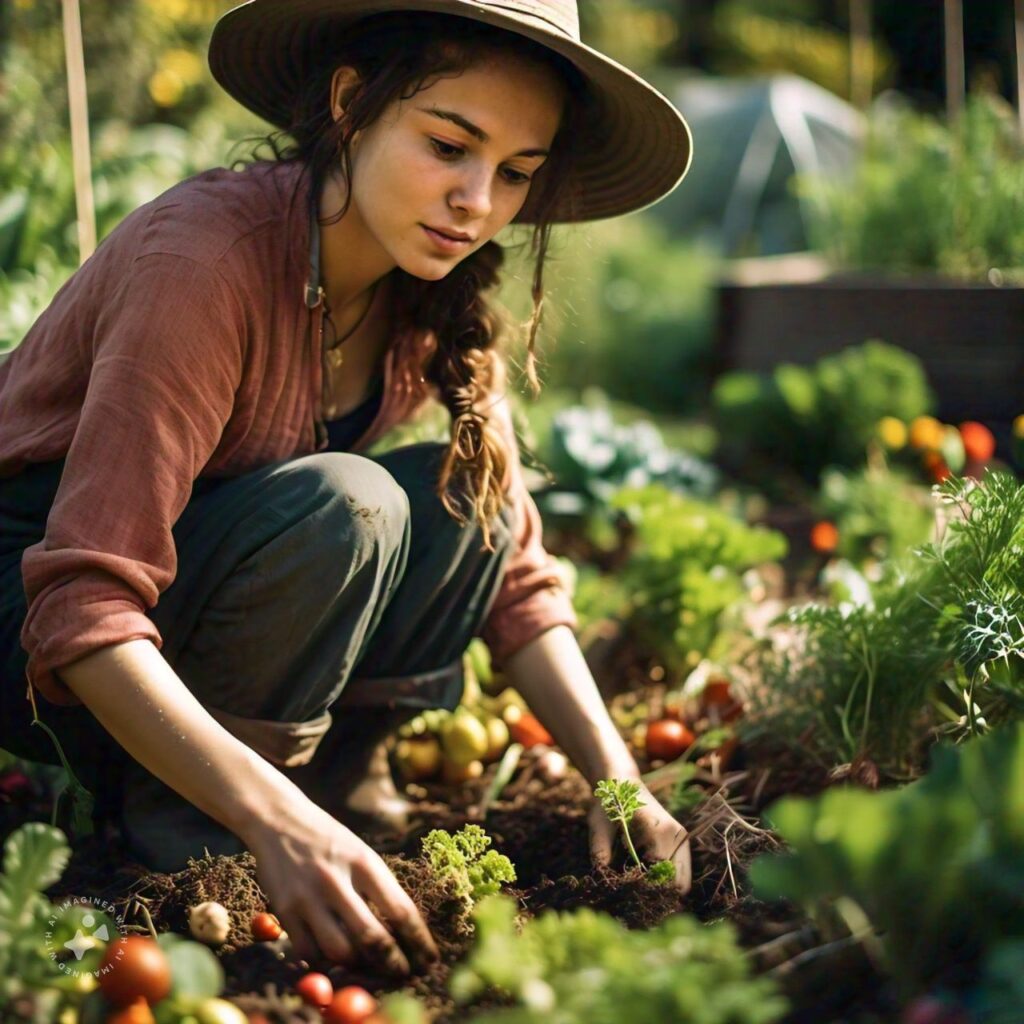Indoor gardening is more than just a trend; it’s a revolution. As urban spaces grow smaller and people seek to connect with nature, indoor gardening systems have become essential for creating vibrant, green spaces within homes and offices. In this comprehensive guide, we will explore the best indoor gardening systems and the smartest ways to integrate them into your daily life.
Why Indoor Gardening?
Indoor gardening offers numerous benefits, from improving air quality to reducing stress levels. But beyond these health perks, indoor gardens allow for year-round cultivation, ensuring that fresh herbs, vegetables, and flowers are always at your fingertips. With the rise of smart technology, indoor gardening has become more accessible, efficient, and sustainable than ever before.
Choosing the Right Indoor Gardening System
When selecting an indoor gardening system, it’s essential to consider your space, the types of plants you want to grow, and your level of expertise. Here are the top systems to consider:
1. Hydroponic Systems
Hydroponic systems are a soil-less method of growing plants using nutrient-rich water solutions. These systems are ideal for those looking to grow leafy greens, herbs, and other fast-growing plants indoors. Some key benefits include:
- Efficient Use of Water: Hydroponic systems use up to 90% less water than traditional gardening methods.
- Faster Growth: Plants grown hydroponically can mature up to 25% faster than those grown in soil.
- Space-Saving: Vertical hydroponic systems are perfect for small spaces, allowing you to grow more in less space.
2. Aeroponic Systems
Aeroponics is an advanced method where plant roots are suspended in the air and misted with nutrient-rich water. This system is ideal for advanced gardeners looking to optimize plant growth. Benefits include:
- Maximum Oxygenation: Aeroponics delivers more oxygen to the roots, promoting faster and healthier growth.
- Water Efficiency: Like hydroponics, aeroponics uses less water than traditional methods.
- Disease Prevention: With roots exposed to air, there is a lower risk of soil-borne diseases.
3. Smart Garden Systems
Smart garden systems integrate technology to make indoor gardening easier and more efficient. These systems often include automated watering, lighting, and nutrient delivery, making them ideal for beginners. Key features include:
- Automated Care: Sensors monitor soil moisture, light levels, and nutrient content, adjusting automatically to meet plant needs.
- App Integration: Many smart gardens connect to apps, allowing you to monitor and control your garden remotely.
- Space-Efficient Designs: Compact and sleek, smart gardens fit perfectly on countertops or windowsills.

Top Smart Indoor Gardening Systems
With the right system, anyone can become an indoor gardening expert. Here are some of the best smart indoor gardening systems currently available:
1. Click and Grow Smart Garden 9
The Click and Grow Smart Garden 9 is a popular choice for those new to indoor gardening. This system is fully automated, with built-in sensors that ensure optimal growing conditions. It’s perfect for growing herbs, small vegetables, and flowers.
2. AeroGarden Harvest Elite
The AeroGarden Harvest Elite offers an advanced hydroponic growing system with customizable light and water settings. This system is ideal for those looking to grow larger plants, such as tomatoes or peppers, indoors.
3. Gardyn Home Kit 3.0
The Gardyn Home Kit 3.0 is a vertical gardening system that maximizes space while offering a high yield of produce. With AI technology and smart app integration, it’s designed for those who want to grow a variety of plants with minimal effort.
How to Set Up Your Indoor Garden for Success
Setting up an indoor garden requires careful planning and attention to detail. Here’s a step-by-step guide to help you get started:
1. Choose the Right Location
The location of your indoor garden will significantly impact plant growth. Look for a spot with ample natural light or invest in grow lights if natural light is limited. Ensure the area has good air circulation and is free from temperature fluctuations.
2. Select Your Plants
Not all plants thrive indoors, so it’s crucial to choose varieties suited to your environment. Herbs like basil, mint, and thyme are excellent for beginners, while more experienced gardeners might opt for tomatoes, peppers, or exotic flowers.
3. Prepare Your System
Whether you’re using a hydroponic, aeroponic, or smart garden system, follow the manufacturer’s instructions for setup. Ensure all components are clean and functioning correctly before introducing your plants.
4. Monitor and Maintain
Regular monitoring is key to a successful indoor garden. Check water levels, nutrient solutions, and light settings regularly. Prune plants as needed to encourage healthy growth and prevent overcrowding.
Maximizing Yield in Small Spaces
Even in small spaces, it’s possible to achieve a high yield with the right techniques. Here are some tips for maximizing your indoor garden’s productivity:
1. Vertical Gardening
Utilize vertical space by installing shelves or using a vertical gardening system. This approach allows you to grow more plants in less space, making it ideal for apartments or small homes.
2. Succession Planting
Succession planting involves staggering the planting times of crops to ensure a continuous harvest. This technique is particularly useful for fast-growing plants like lettuce and spinach.
3. Companion Planting
Companion planting involves growing plants that benefit each other together. For example, basil can enhance the flavor of tomatoes and deter pests, making them ideal companions in an indoor garden.
Sustainability in Indoor Gardening
Sustainability is at the heart of indoor gardening. By growing your own food, you reduce your carbon footprint and reliance on store-bought produce. Here’s how to make your indoor garden more sustainable:
1. Use Organic Fertilizers
Opt for organic fertilizers to nourish your plants without introducing harmful chemicals. Organic options include compost tea, worm castings, and seaweed extract.
2. Recycle and Reuse
Repurpose containers, such as glass jars or plastic bottles, as planters. Additionally, consider composting kitchen scraps to create nutrient-rich soil amendments.
3. Conserve Water
Water conservation is essential in indoor gardening. Use a drip irrigation system or water your plants with rainwater collected from your roof. Additionally, ensure your system is free from leaks and adjust watering schedules based on plant needs.
The Future of Indoor Gardening Systems
As technology advances, the possibilities for indoor gardening are endless. From fully automated systems to AI-powered plant care, the future of indoor gardening systems is bright. By embracing smart and sustainable practices, you can create a thriving indoor garden that enhances your living space and contributes to a healthier, more sustainable lifestyle.



